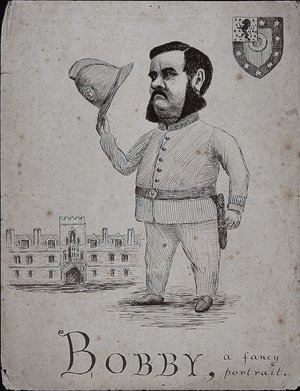St John's welcomes new Senior Tutor
The Senior Tutor has overall responsibility for the provision of teaching in College, from the strategic level to working with individual students, helping the College to deliver the best possible education to all its junior members. The Senior Tutor also plays a part in the overall governance of the College, and in its relations with the University.

The office of Senior Tutor is relatively modern compared to other College officerships, dating back to 1889. At this time the College had just three tutors, though they were assisted by eight lecturers. The first Senior Tutor was Robert Ewing, who had been a tutor since 1877. He was extremely unpopular and was ridiculed for his ‘logical nonsensicality’. In 1887 the students produced a satirical playbill, sending up the Fellows of the college. In Ewing’s case it was claimed that he would ‘challenge any Member of the Audience to a Discussion on any topic they may choose to select’. But it added that ‘the Professor’s logical abilities are so universally acknowledged, none but Female Competitors are advised to contend’. Given the contemporary prejudices about women’s capacities for logical thought, this was a damning verdict on Ewing’s teaching.
Much more popular was Sidney Ball, who had been elected a Fellow in 1882 and became Senior Tutor in 1890. He was to have an important career as a left-leaning commentator and reformer, and was somewhat out of place in a very conservative fellowship. So conservative a college was St. John’s that although new statutes in 1881 had allowed Fellows to marry for the first time in the College’s history, none had been inclined to marry until Ball gave notice that he intended to do so in 1891. The statutes, however, stated that on marrying a Fellow would vacate his fellowship, but could be re-elected. This the Governing Body refused to do, albeit by a small margin, and Ball was deprived of his fellowship, while continuing to work as Senior Tutor. He was finally restored to his fellowship over a decade later in 1902. He continued as both Fellow and Senior Tutor until his death in 1918.
Below is a college group with Ball in the centre of the row seated on chairs. There are two men wearing mortar boards, with a flaw in the photograph between their heads. Ball is the one with the moustache, not the one with clerical bands (who is the President, Bellamy).

Dr Nicholls' academic work is in Roman history. We feel sure his tenure will be a happier experience than that of his predecessors.